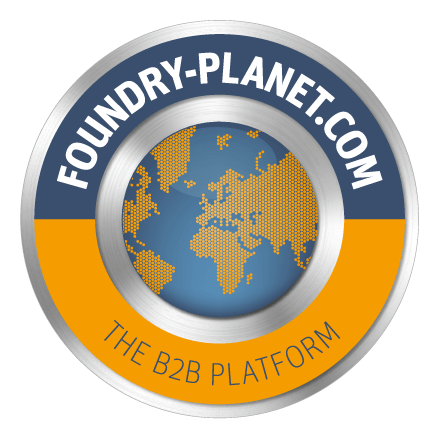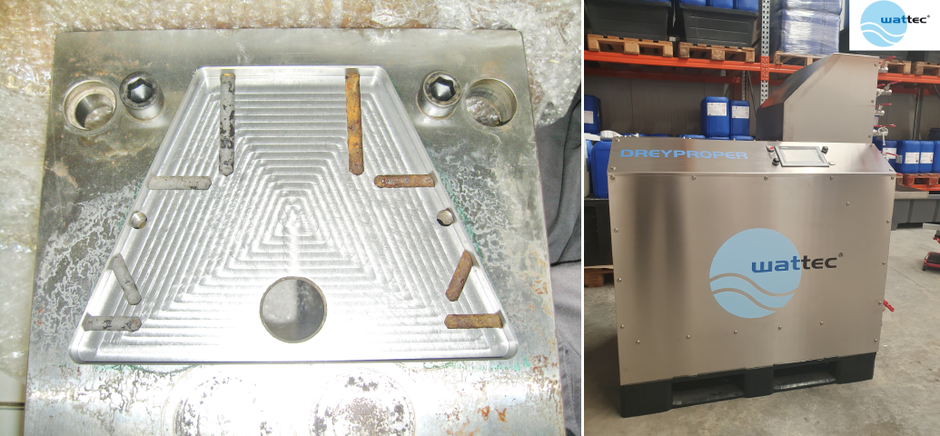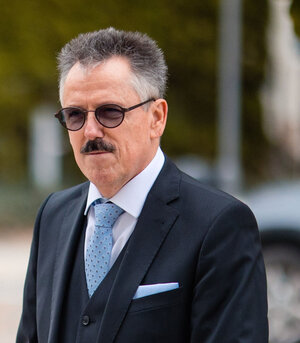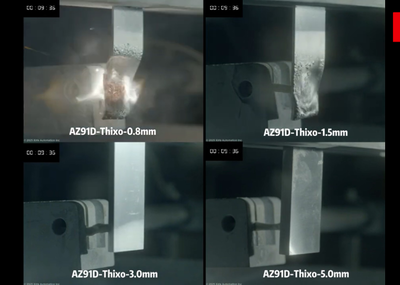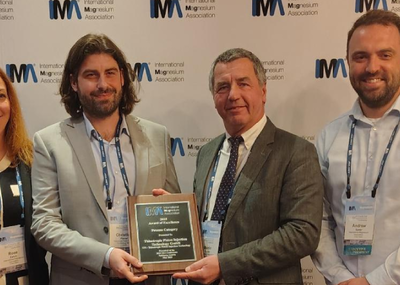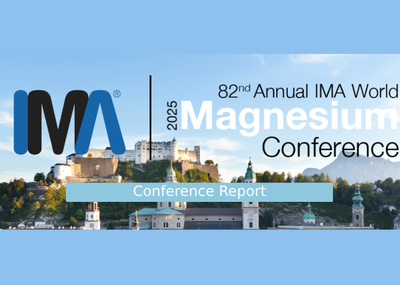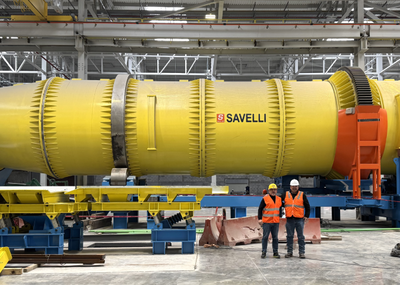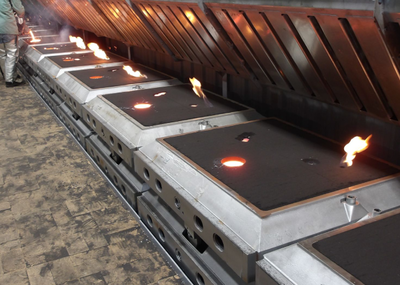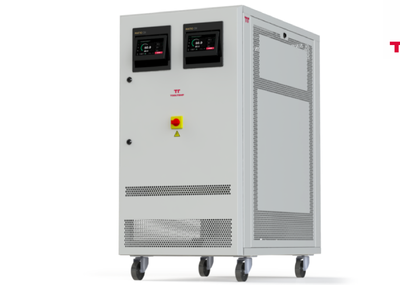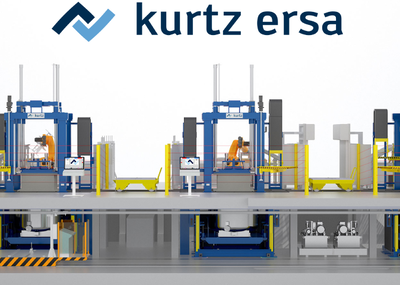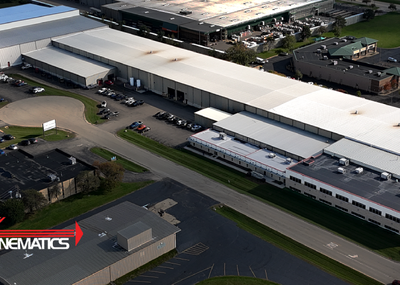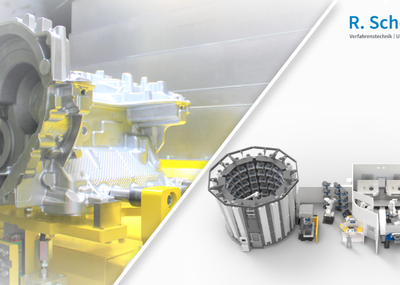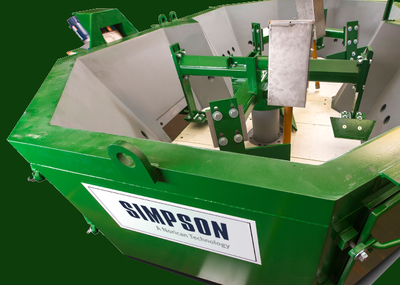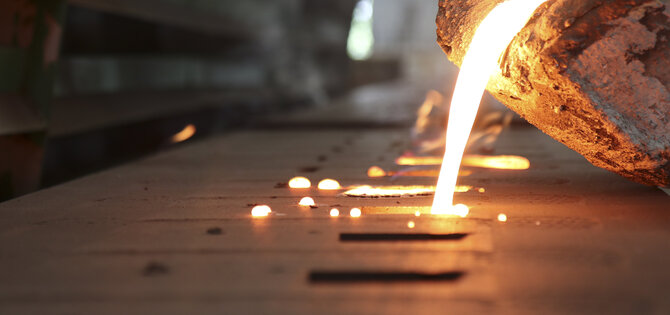Integrated blow-out function saves additional work steps after flushing
Modern die casting tools are highly complex systems with high economic value. Operational interruptions, quality defects in the casting process, and extended cycle times have negative effects and must therefore be avoided. This also applies to the liquid cooling systems integrated into the casting tool. Deposits of limescale, corrosion, and other contaminants in the tool cooling channels can lead to cross-sectional constrictions. This reduces cooling efficiency, and energy and operating costs increase; bacterial slime can also form. A further consequence: the quality of the die-cast part decreases, resulting in higher scrap rates and damage to the tool molds. The 4.2 generation of the Dreyproper, a further development from wattec GmbH, already proven successful in plastic injection molding, provides an effective remedy. The mobile cleaning device is already being used successfully at the Swiss company DGS Druckguss Systeme AG to flush the cooling channels and is proving its worth in daily use.
"Our customers place great value on consistently high and consistent casting quality, and we must ensure this quality standard on a long-term basis," says Joachim Rohmann, physicist and Managing Director of wattec GmbH. To meet the demanding customer requirements of the automotive industry, it is essential for the St. Gallen-based company to keep the entire die-casting process stable and under control at all times. This includes regular cleaning of the die-casting tools and their cooling channels. Over time, corrosion and limescale deposits form a layer in the lines, which impairs efficient cooling. The Dreyproper 4.2 operates according to the "rampling method." A pump automatically injects air bubbles of varying sizes and hardness into the cooling channel in alternating cycles. This process supports the inadequate chemical cleaning, which attacks limescale and rust deposits but cannot completely remove them.
Sustainable and efficient cleaning method increases cooling performance in die casting molds
In the past, Druckguss Systeme AG had recurring, major problems with inadequate water quality and a high level of contamination in the cooling and temperature control circuits. This effect was exacerbated when the respective casting mold was used for an extended period in series production or was out of service for a certain period due to an overhaul. The deposits and corrosion led to clogged filters and pumps in the heaters. "The goal was to fundamentally tackle both of these problems. Above all, it was important to us to install a sustainable and efficient solution that would ensure we always have clean, ready-to-use die-casting molds," explains Mr. Mark Lewis, Project Manager, System Planning. To give the company the opportunity to experience the performance of the Dreyproper 4.2 for themselves, wattec GmbH initially provided the cleaning device as part of an extended test phase. This was completed after eight weeks with consistently positive results. This also demonstrated the advantage that, in this customer-specific case, up to twelve cooling channels can be connected simultaneously. The overall cleaning process was accelerated by up to 50 %, representing significant added value for the company. After just the first run, it was clearly evident that the Dreyproper 4.2 had removed almost all deposits and contaminants. Furthermore, the fluid flow rate was significantly increased, resulting in improved cooling performance in the die-casting molds.
